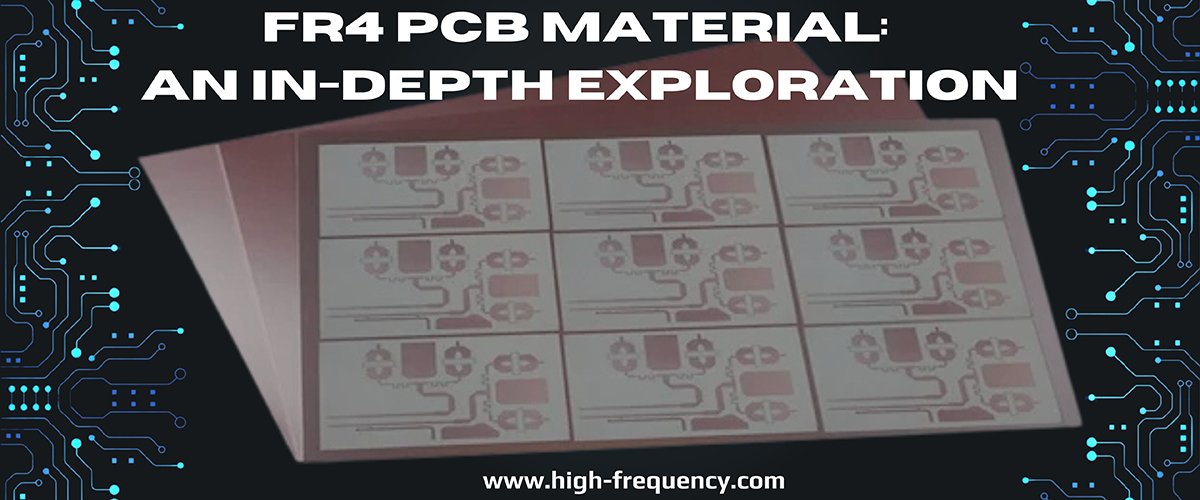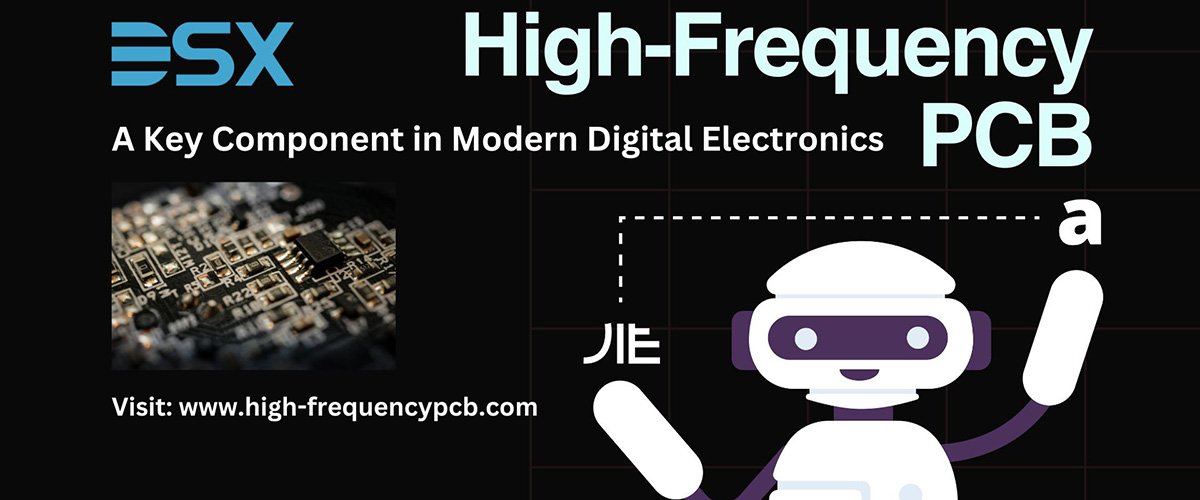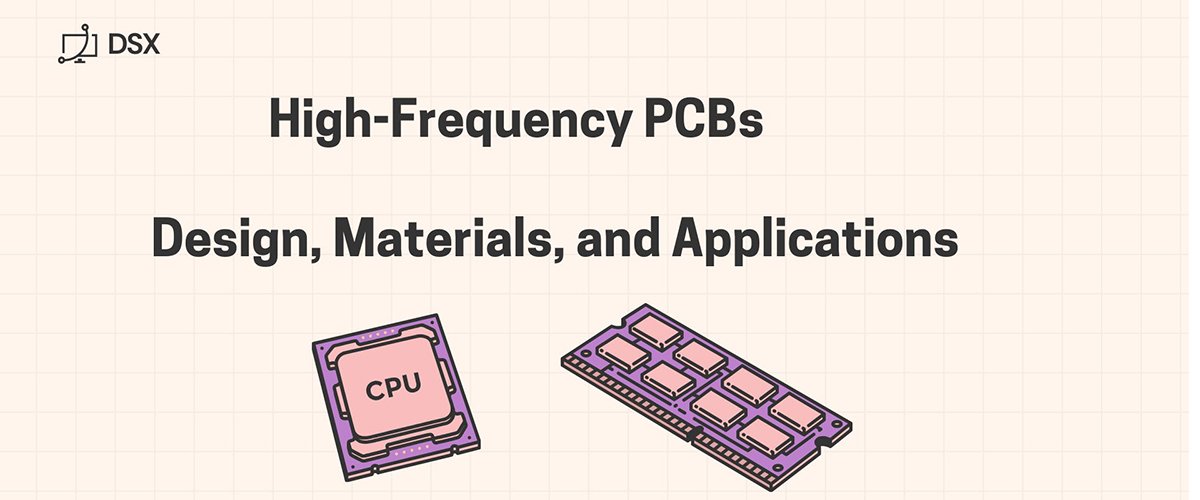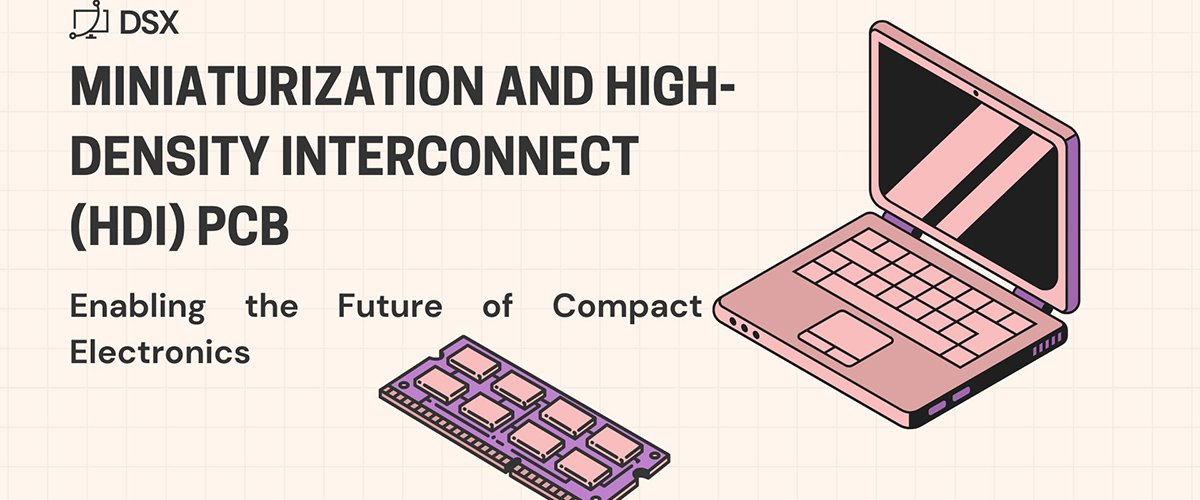FR4 PCB Material An In-Depth Exploration

In the world of Printed Circuit Boards (PCBs), the choice of material is crucial to the performance, reliability, and cost-effectiveness of the final product. One of the most commonly used materials in PCB manufacturing is FR4. FR4 PCB material is a grade of fiberglass-reinforced epoxy laminate that is used extensively in the production of PCBs due to its excellent combination of electrical, mechanical, and thermal properties.
This article will explore FR4 in detail, covering its composition, advantages, uses, and applications, as well as providing insights into why it remains one of the most popular PCB materials in the electronics industry.
What is FR4?
FR4 is a composite material made up of woven fiberglass cloth impregnated with epoxy resin. The material derives its name from the "FR" designation, which stands for "Flame Retardant", and the 4 which signifies its grade. The epoxy resin used in FR4 boards is what provides the flame-resistant properties, while the fiberglass cloth contributes to the material’s mechanical strength.
FR4 is typically used as the base material for PCBs, which are then layered with conductive copper for electrical connections. The material's properties make it ideal for high-performance and durable PCBs used in various electronic devices.
Composition and Structure:
The FR4 PCB composite material typically consists of two main components:
- Fiberglass Cloth: This is the reinforcing component that gives the material its strength. It provides the structural support needed to ensure the PCB can withstand physical stress during assembly, installation, and operation.
- Epoxy Resin: This resin serves as the bonding agent, holding the fiberglass strands together while providing additional mechanical strength. The resin also contributes to the board's electrical insulating properties.
When the fiberglass cloth is combined with the epoxy resin, the result is a rigid, durable material that can be cut and shaped to form various PCB designs.
Key Properties of FR4
The versatility and popularity of FR4 PCB material stem from its excellent set of physical and electrical properties, making it suitable for a wide range of applications. Some of the most important properties of FR4 include:
1. Mechanical Strength
- High Durability: FR4 PCBs provide a durable and stiff board that can handle mechanical stress. This is crucial in ensuring that PCBs maintain their shape and functionality even under mechanical load or pressure.
Good Tensile Strength: The fiberglass reinforcement gives FR4 high tensile strength, allowing it to resist stretching and deformation.
2. Electrical Insulation
- Low Dielectric Constant (Dk): FR4 PCBs offer low dielectric constant values, which are essential for maintaining the integrity of high-speed signals traveling through the PCB board.
High Insulation Resistance: FR4 material has excellent electrical insulation properties, which prevent unintended current flow between conductive traces and ensure the safe operation of the circuit board.
3. Thermal Stability
- High Glass Transition Temperature (Tg): FR4 is designed to withstand high temperatures, with a typical Tg range between 130°C to 180°C (depending on the type of FR4). This means FR4 PCBs can operate in environments where heat management is critical, like high-performance computing or automotive applications.
Thermal Conductivity: FR4 material offers adequate thermal conductivity, which ensures that heat generated by components is dissipated efficiently, preventing overheating.
4. Flame Retardancy
Flame Resistance: As the name "FR4" suggests, this material is flame-retardant It adheres to UL94-V0 standards for flame resistance, meaning that it will not sustain combustion or spread fire under normal conditions.
5. Chemical Resistance
FR4 material is resistant to various chemicals, including acids, alkalis, and solvents, making it ideal for environments that involve exposure to such substances.
6. Cost-Effective
Compared to other high-performance PCB materials such as polyimide or ceramic, FR4 PCB is relatively inexpensive, making it a cost-effective choice for many commercial applications.
Advantages of FR4 Material:
The advantages of FR4 PCB material include its combination of performance and cost-effectiveness, making it the go-to material for many PCB designs. Some key advantages include:
High Versatility: FR4 PCBs are suitable for a wide range of applications, from consumer electronics to automotive, telecommunications, and aerospace.
Cost-Effective: As a standard PCB material, FR4 offers a balance between performance and cost, making it the material of choice for mass production.
Strong Mechanical Properties: The high strength and resistance to physical damage make FR4 a reliable choice for devices that undergo frequent handling or mechanical stress.
Ease of Fabrication: FR4 PCBs are relatively easy to machine and process, making it an ideal choice for both simple and complex PCB designs.
Thermal Stability: With its ability to withstand higher temperatures, FR4 is suitable for high-power applications that require efficient heat management.
Flame Retardant: The inherent flame-retardant nature of FR4 material makes it safer for use in electronics, especially in applications where fire safety is critical.
Availability: FR4 material is widely available in various thicknesses and sizes, which simplifies procurement and design.
Applications of FR4 Material:
FR4 material is used across a wide range of industries and applications due to its excellent physical, electrical, and thermal properties. Some of the most common application areas include:
1. Consumer Electronics
- FR4 PCBs are widely used in smartphones, laptops, tablets, televisions, cameras, and other home appliances. Its cost-effectiveness, durability, and ease of manufacture make it ideal for consumer electronics that require dependable, everyday performance.
2. Automotive Industry
- In modern vehicles, FR4 PCBs are used in a wide variety of electronic systems, including infotainment systems, sensor networks, engine control units (ECUs), and driver assistance systems. The material’s resistance to heat and environmental factors makes it perfect for automotive electronics.
3. Telecommunications
- FR4 material is commonly used in routers, modems, base stations, and other communication devices. The material’s electrical insulating properties are critical for high-speed signal transmission in telecommunications.
4. Industrial Control Systems
- FR4 PCBs are also found in PLC (Programmable Logic Controller) circuits, motor control units, automation systems, and robotics. Its thermal and electrical properties help in ensuring the reliability of such systems, even in harsh industrial environments.
5. Medical Devices
- In the medical industry, FR4 is used for making diagnostic equipment, monitoring systems, and wearable medical devices. The material’s ability to withstand high temperatures and offer high electrical insulation is essential in ensuring the safety and reliability of medical devices.
6. Aerospace and Military
- The aerospace and defense industries require high-quality PCBs for navigation systems, communication devices, radar systems, and other critical systems. FR4 PCB material's durability and flame-retardant properties are valuable in these demanding sectors.
7. LED Lighting
FR4 PCBs are used in the production of LED light fixtures and heat sinks. The material’s ability to manage heat and provide stable electrical insulation is crucial for the longevity and performance of LED lights.
Limitations of FR4:
Despite its many advantages, FR4 PCB material does have certain limitations:
- Lower Thermal Conductivity: While FR4 is thermally stable, it does not offer the same level of heat dissipation as materials like ceramic PCBs or aluminum PCBs.
- Not Ideal for High-Frequency Applications: For extremely high-frequency or microwave applications,
FR4 is a highly versatile, reliable, and cost-effective material that forms the backbone of modern electronic devices. Its blend of excellent mechanical, electrical, and thermal properties makes it the material of choice for a wide range of applications, from consumer electronics to automotive and aerospace systems. While it may have some limitations for specific high-performance applications, its benefits far outweigh these drawbacks for the majority of electronic designs.
With ongoing advancements in PCB technology, FR4 remains a critical material in the evolution of modern electronics, ensuring that devices operate reliably, safely, and cost-effectively across diverse sectors.
 High-Frequency PCB: A Key Comp
High-Frequency PCB: A Key Comp
 High-Frequency PCBs Design, Ma
High-Frequency PCBs Design, Ma
 Miniaturization and High-Densi
Miniaturization and High-Densi
 FR4 PCB Material An In-Depth E
FR4 PCB Material An In-Depth E
